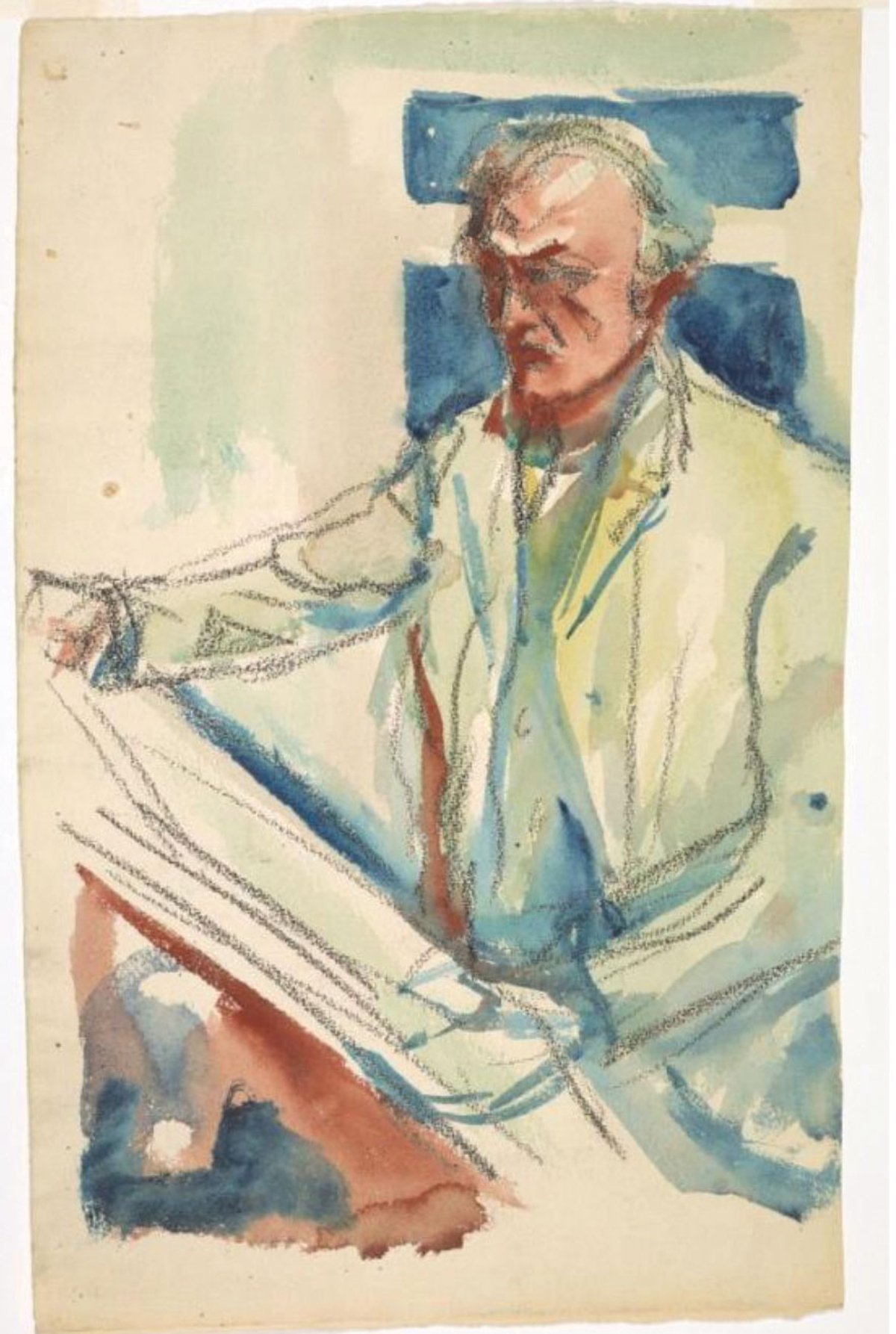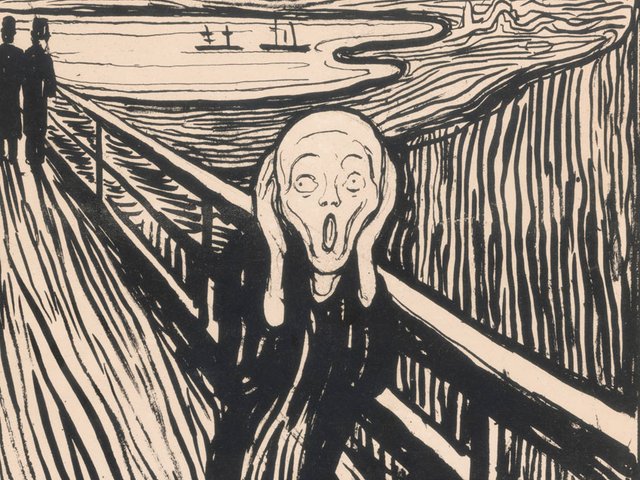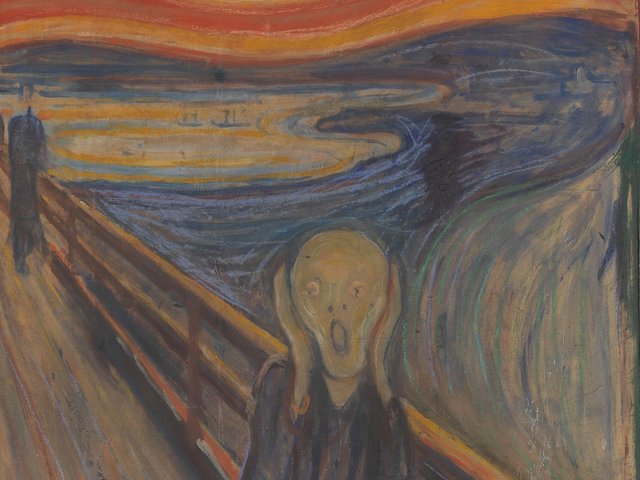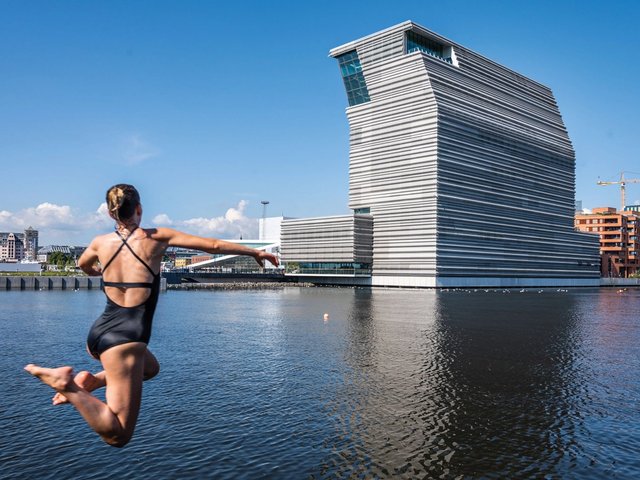The Munch Museum in Oslo has published more than 7,600 of the artist’s drawings online, making them free to access for any purpose—even merchandising. The three-year project to digitise the works, billed as a digital catalogue raisonné, responds to a wider call for museums to waive image fees for works in their collections that are out of copyright.
The drawings date from 1873, when Edvard Munch was a boy of ten, to 1943, the year before his death. “He drew incessantly and almost anywhere,” says Stein Olav Henrichsen, the Munch Museum’s director. More than 90% of the digitised works belong to the museum, but the online database also includes items from other public and private collections.
Web users can now browse studies for some of the artist’s most celebrated paintings, including The Scream. Other compositions reveal a lighter side: a boy skiing and girls watering flowers, portraits of shaggy dogs and still-lifes of an orange segment and a toothbrush. Oslo landmarks such as Old Aker Church and the Grand Café are also captured.
“It’s very important to make these 100% public,” Henrichsen says, as they offer a “deep dive into the creative processes of the artist”. The Bergesen Foundation, one of Norway’s largest philanthropic organisations, gave NKr 22m ($2.8m) towards the project, initially to digitise the drawings but with further works expected to follow. The grant has been “crucial”, Henrichsen says, and will also help fund a new biography of Munch.
A selection of the drawings will be displayed at the museum’s new venue which, Henrichsen says, is on track to open next to the Oslo Fjord in June 2020. There are also plans for a travelling exhibition of highlights from the collection.
Meanwhile, the digital catalogue raisonné could also boost the commercial market for the artist’s work. “Munch’s fame rests disproportionately on the global familiarity of a single image,” says Philip Hook, the senior Impressionist and Modern art specialist at Sotheby’s, which sold the 1895 pastel version of The Scream for almost $120m in 2012. “Opening up access to the less well-known parts of his oeuvre is important for a fuller understanding of this remarkable artist.”





